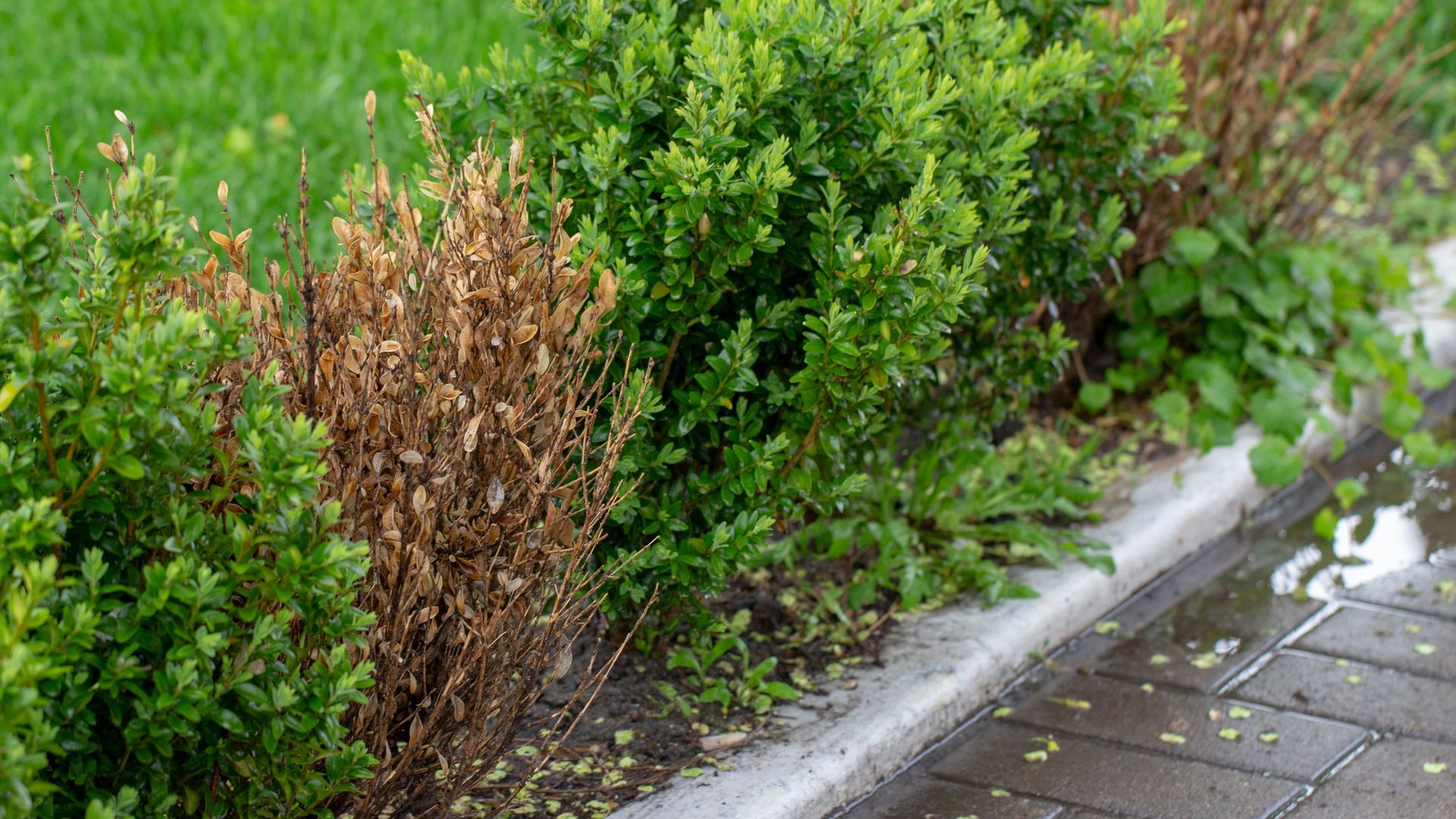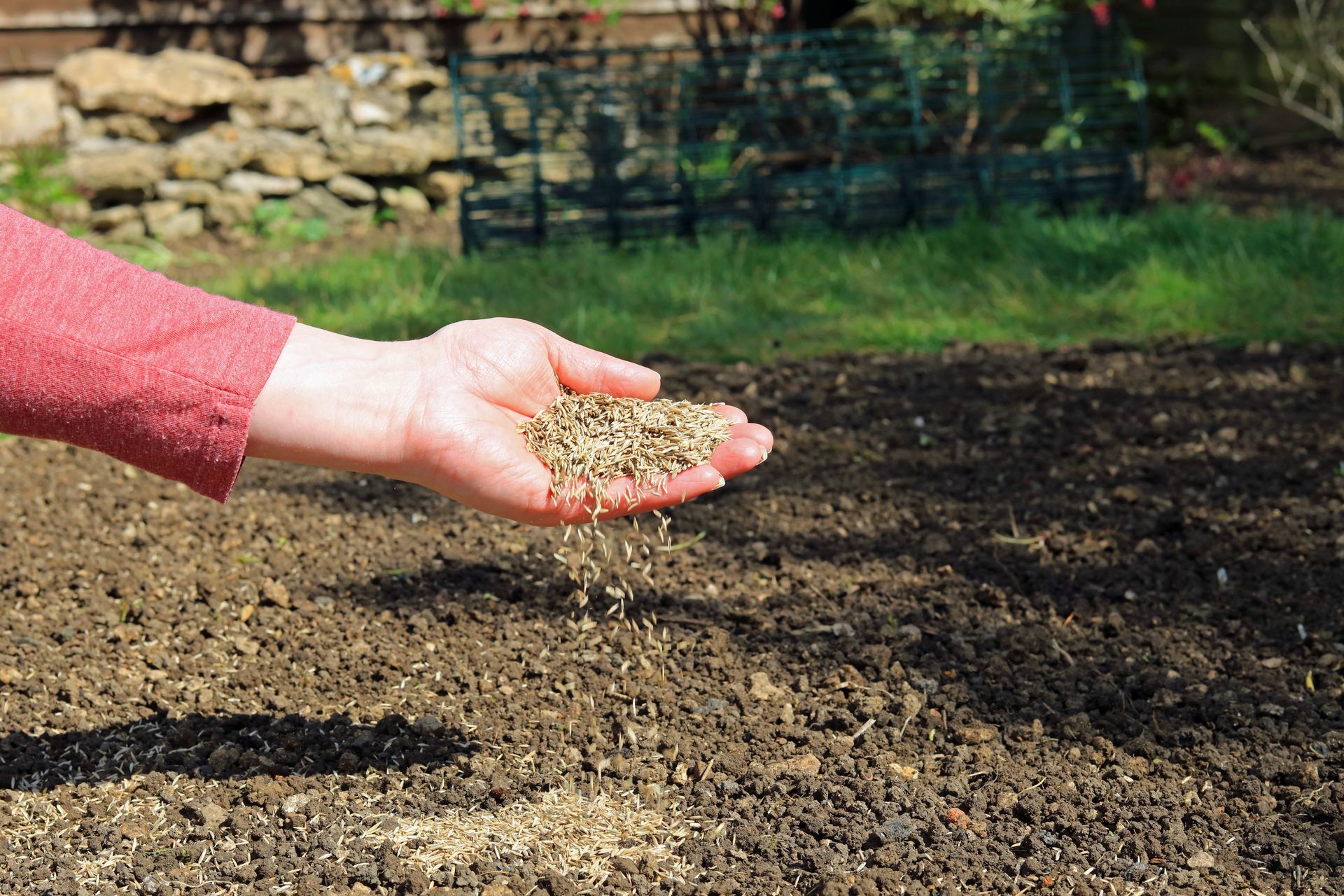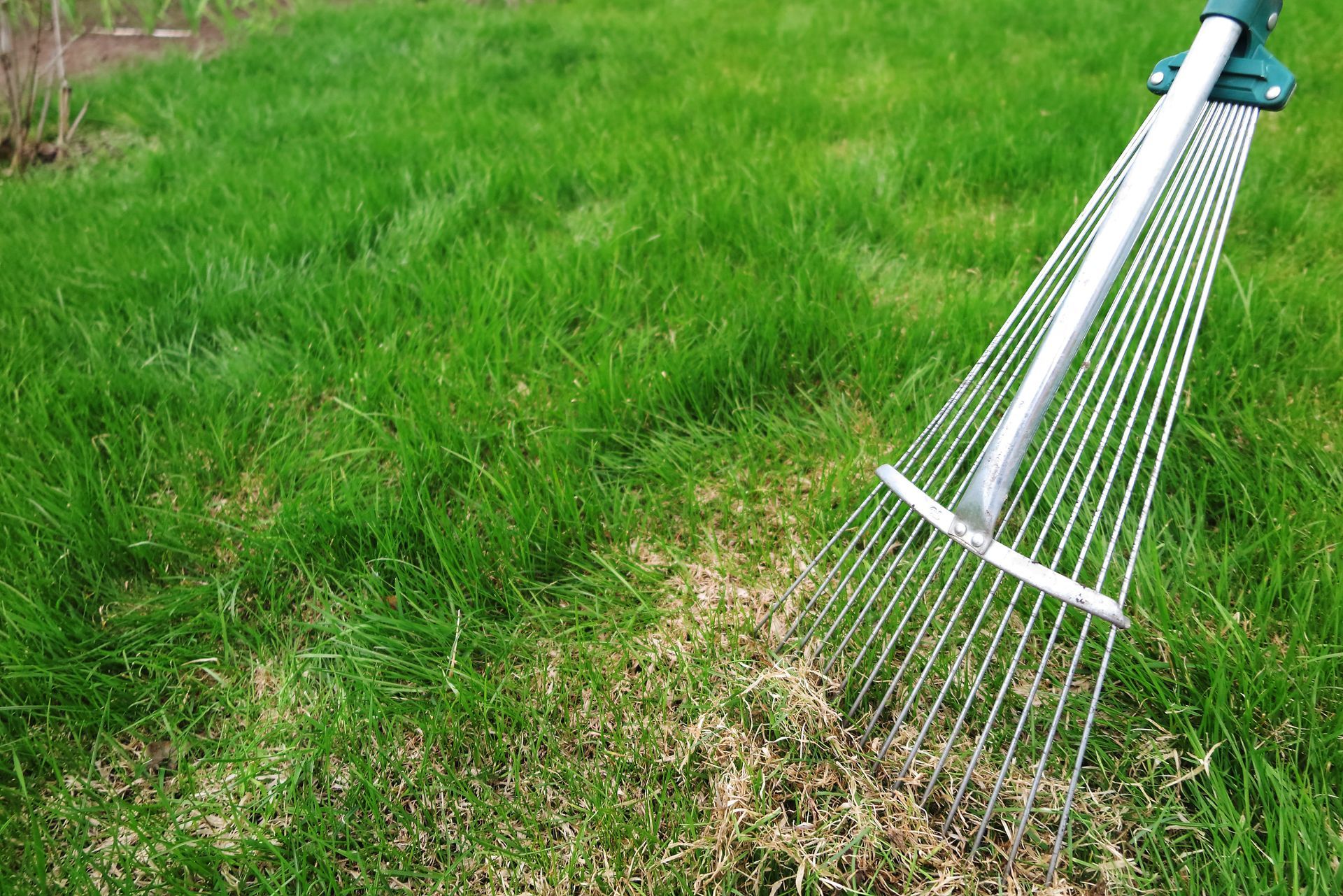June 4, 2025
5 Fungal Diseases That Impact MI Shrubs

While often overlooked, shrubs are an integral part of Michigan lawns. They provide protection against wind, house local wildlife and add variation to your landscape. However, shrubs are susceptible to infection like any other plant, particularly when it comes to fungal diseases. Let’s take a look at five prominent fungal diseases that affect shrubs in Michigan and how to manage them effectively.
Boxwood Blight
This disease causes rapid defoliation and dieback. Boxwood blight is typically spread through contaminated pruning equipment, splashing water and infected debris. Infected plants tend to have brown spots on their leaves. Black and brown lesions are commonly seen on stems.
Unfortunately, you can’t cure a boxwood shrub once it's caught the infection. However, you can prevent the disease by choosing resistant plant strains, use proper pruning techniques and clean equipment regularly to reduce the spread of the disease.
Powdrey Mildew
Powdery Mildew is a common plant disease that affects azaleas, crate myrtles, crab appls and other types of shrubs. As the name suggests, this type of fungal infection leaves a white, powdery residue on the leaves and stems of infected plants. Typically, the disease causes plants to become distorted and stunts their growth.
Infected plants can be treated but it is difficult. Prevention and early intervention are the best ways to reduce the spread of this disease. Fungicides are effective at treating the disease. Pruning can help prevent the spread of the disease while air circulation prevents it from growing.
Anthracnose
While anthracnose is known to affect trees, this disease can also attack shrubs, causing dark lesions, browning on leaves and twig dieback. Typically, anthracnose occurs in Spring and is spread by wind or rain. While Anthracnose is not deadly, it can make shrubs more susceptible to other diseases.
For infected shrubs, pruning and fungicides prevent the disease from worsening. Anthracnose can be prevented in healthy shrubs by removing dead twigs and leaves. Applying fungicides and regular maintenance can also make shrubs more resistant to infection.
Verticillium Wilt
Unlike other fungal diseases, verticillium wilt affects the shrub’s vascular system by growing inside it. Starting at the roots, fungus infiltrates the vascular system, preventing shrubs from transporting nutrients and water.
Verticillium Wilt causes leaves to turn yellow and wilt. Twig dieback is also known to occur. If left untreated, it can be fatal for shrubs. While Verticillium Wilt can’t be cured, infected plants can live longer if they are regularly watered, fertilized and pruned.
The disease can be prevented by regularly maintaining shrubs and sanitizing pruning equipment. It's best to avoid planting healthy shrubs where sick ones used to be since the disease spreads via roots.
Rust
Rust can affect several types of shrubs including roses, hollies, fuchsias and junipers. While rust isn’t deadly, it can stunt a plant’s growth. Infected plants typically have orange and yellow leaves. Applying fungicides, improving circulation and avoiding overhead watering can help reduce the spread of the disease.
Prevention and Maintenance Are Key
Prevention and regular maintenance is crucial in preventing fungal diseases from spreading. Routine watering, pruning and fertilizing can fortify plants against infection, making them less susceptible to lurking diseases. Fungicides are also incredibly important for mitigating the spread of fungal infections and stopping diseases before they start.
However, fungicides should be applied by professional lawn care technicians. They have the expertise needed to treat shrubs safely and effectively. Fungicides need to be properly handled to avoid injuries like chemical burns, skin irritation and respiratory issues. A professional technician can also correctly diagnose and treat plant diseases, saving homeowners time and money.
Need Preventative Lawncare Maintenance? Visionary Fertilization Is Ready To Help!
Looking to protect your landscape with preventative maintenance? Our professional lawn care technicians are standing by! Based in Shelby Township, Visionary Fertilization proudly serves Macomb County and the surrounding areas. Our lawn care experts can manage your lawn and help reduce the risks of pests.
If you’re looking for professionals who can manage your lawn and keep your plants safe, give us a call at 586-281-5273 to learn more. If you would like more about our other services, including pest control or seeding and aeration, visit our website by clicking the link here.




